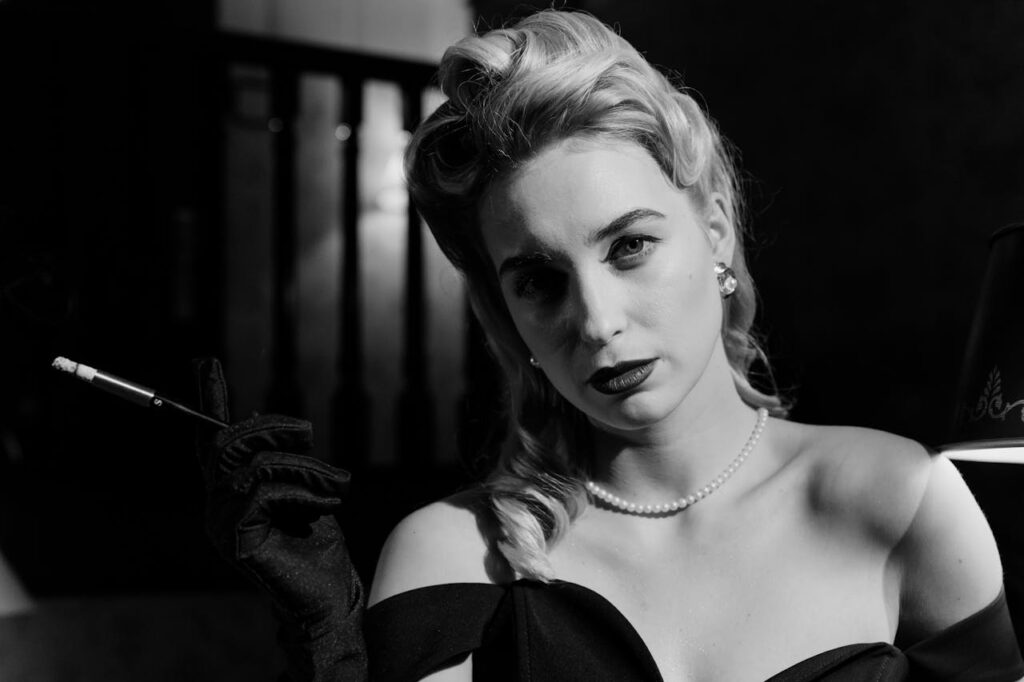Headshot photography is a specialized genre of portraiture that focuses on capturing close-up images of a person’s face, typically from the shoulders up. Headshots are commonly used for professional purposes, such as corporate portraits, actor headshots, modeling portfolios, or social media profiles. Mastering headshot photography requires attention to detail, effective communication with the subject, and the ability to capture the individual’s personality and essence in a single frame.

Key Elements of Headshot Photography
Preparation and Communication: Before the photoshoot, communicate with your subject to discuss their goals, preferences, and any specific requirements they may have for their headshots. Provide guidance on wardrobe choices, grooming, and posing to help them look and feel their best on the day of the shoot.
Location and Background: Choose a suitable location and background for the headshot session based on the intended use and aesthetic preferences of the client or subject. Consider factors such as lighting, ambiance, and visual appeal when selecting the location and background for the shoot.
Lighting Setup: Lighting plays a crucial role in headshot photography, shaping the mood, style, and overall look of the final images. Use a combination of natural light and artificial lighting sources, such as studio strobes or continuous lights, to achieve flattering and well-balanced lighting that highlights the subject’s features and minimizes shadows and imperfections.
Composition and Framing: Pay attention to composition and framing when capturing headshots, focusing on the subject’s face and upper body while minimizing distractions and clutter in the background. Position the subject off-center within the frame, leaving room for negative space if needed, and use the rule of thirds to create a visually balanced composition.
Posing and Expression: Guide the subject through a variety of poses and expressions to capture a range of looks and emotions in their headshots. Encourage them to relax, be themselves, and convey confidence and authenticity in front of the camera. Provide gentle direction and feedback to help them achieve natural and flattering poses that highlight their best features.
Focus and Sharpness: Ensure that your camera is set to focus accurately on the subject’s eyes, which are often the focal point of a headshot. Use a wide aperture to create a shallow depth of field, blurring the background and drawing attention to the subject’s face, while keeping the eyes and facial features sharp and in focus.
Editing and Retouching: After the shoot, edit and retouch the images to enhance their overall quality and appearance. Adjust factors such as exposure, color balance, contrast, and skin tone to achieve a polished and professional look, while avoiding excessive retouching that can result in unnatural or overly processed images.

Tips for Successful Headshot Photography
Build Rapport with Your Subject: Establish a rapport with your subject to help them feel comfortable and relaxed during the shoot. Engage in conversation, offer encouragement and positive feedback, and create a supportive and collaborative atmosphere that fosters trust and confidence.
Experiment with Different Angles and Perspectives: Don’t be afraid to experiment with different angles, perspectives, and focal lengths to find the most flattering and engaging compositions for your headshots. Try shooting from high or low angles, using different focal lengths, or varying the distance between you and the subject to achieve unique and dynamic results.
Capture Genuine Expressions: Encourage your subject to express genuine emotions and personality in their headshots, rather than forcing a fake or contrived smile. Capture candid moments and spontaneous expressions that convey authenticity and character, resulting in headshots that feel natural and relatable.
Review and Select Images Together: Review the images with your subject during the shoot to provide feedback and guidance on their posing, expression, and overall appearance. Allow them to choose their favorite images and provide input on any adjustments or changes they would like to make before finalizing the selection.
Deliver Professional-Quality Images: Deliver high-quality, professionally edited images to your client or subject in a timely manner. Provide them with a selection of images in different formats and resolutions suitable for their intended use, whether it’s for print, web, or social media, and ensure that the final images meet their expectations and requirements.

Conclusion
Headshot photography is a specialized genre of portraiture that requires skill, creativity, and effective communication with the subject to capture flattering and engaging images that convey their personality and essence. By following these guidelines and tips for successful headshot photography, photographers can master the art of headshot photography and deliver professional-quality images that meet the needs and expectations of their clients or subjects.
